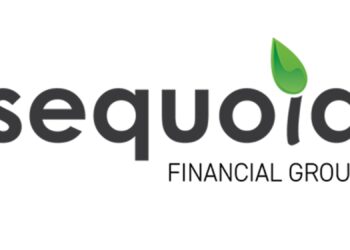Fidelity International has announced plans to introduce a new variable management fee model across its active equity capabilities for its clients worldwide.
The investment firm will reduce its annual management fee as well as its variable management fee that is linked to fund performance.
The changes come amid growing debate around the value of active fund management, and the transparency of charging structures, the firm said.
Fidelity International president, Brian Conroy said: “We want to demonstrate real commitment to our active management capability. We will move away from a flat fee model and get paid according to how well we do for our clients”.
“These changes will more closely align the performance of our business with the performance of our clients’ portfolios and deliver what we believe clients and regulator are looking for.”
The firm said the variable management fee would operate as a sliding scale and would act as a two-way sharing of risk and return, also known as “fulcrum fee”.
“Where we deliver outperformance net of fees we will share in the upside and in the case that clients experience only benchmark level performance or below, they will see lower fee levels under this new model,” the firm said.
The firm also said it would also adopt the commission sharing agreement and research payment accounts (CSA-RPA) model for obtaining third-party research but said its base management fee reduction would offset the allocated client charge for this research.
“We are also announcing today our position with regard to MiFID II regulations and third-party research. We fully support the objective of the regulations; however, we believe the debate has focused singularly on which model asset managers will use to pay for external research, rather than the total cost of asset management services and the value they deliver,” the firm said.
It added that because of the nature of its business, in terms of its clients and their access to the firm’s internal global research platform, the firm had to apply a consistent model.





